Samsung Galaxy S6 edge vs Apple iPhone 6 Plus: first look
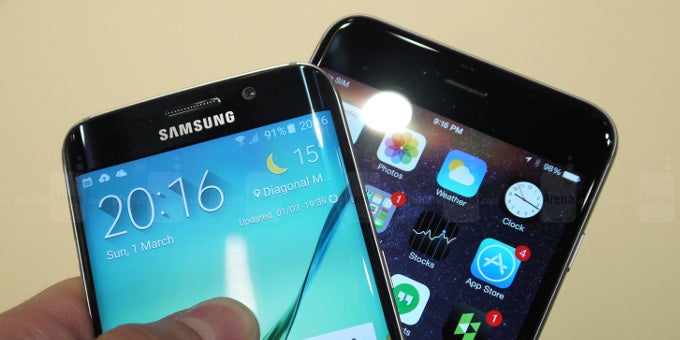
Introduction
The Samsung Galaxy S6 edge is a device with a slight, playful curve on both ends of the screen, but that’s enough for it to feel like a device from the future. Many of you will face the choice between the S6 edge and the Apple iPhone 6 Plus, so we’ve taken on the task to give you our first look impression when comparing these two premium devices: it’s all about a sci-fi, futuristic gadget versus the more traditional one, Samsung versus Apple, Android against iOS, a true clash of the titans.
Is Samsung’s ‘next big thing’ really better in both the inside and the outside? Let’s find out.
Design
The Galaxy S6 edge brings big improvements in design: it’s slim and lightweight, and it’s made of metal for the frame and glass on both front and back. The iPhone 6 Plus, on the other hand, features an all-aluminum design and it’s a hair thicker than the S6 edge: 7.1mm vs 7mm.
Both feel premium, made with meticulous attention to detail, and picking between the two is a lot about picking your favorite. Interestingly, the Galaxy S6 edge has a protruding camera just like the iPhone 6 Plus (with an even larger hump). It’s not something that bothers us, but it does make the device shaky when you lay it flat on a table.
Since we’re comparing the 5.1” Galaxy S6 edge with the larger, 5.5” iPhone 6 Plus, there’s naturally a sizable difference between the sizes of the two devices. The iPhone 6 Plus is a wide phone, measuring 3.06”, while the Galaxy S6 is narrower and more single-hand-friendly with its 2.76” of width. Apple’s phablet is also taller, at 6.22” vs the 5.59” of height on the S6 edge.
Display
Samsung saved no superlatives for the screen of the Galaxy S6 edge: it just plain put forth the claim that it is the best screen on a smartphone. It’s a 5.1-inch Super AMOLED screen with a 1440 x 2560-pixel (Quad HD) resolution, and Samsung has done some big improvements to the brightness of the S6, saying that it can now go to up 600 nits, and while we couldn’t verify that, we can indeed see it being much brighter than earlier Samsung displays.
The edge here plays a different role than on the Note Edge - it does not interfere with the regular look of the interface (the side part is not permanently visible on top of TouchWiz), but you can bring it up with a swipe to the side to get quick access to contacts, for instance. You can also bring it up for quick info when the phone is lock, so you can save battery by checking notifications without firing the whole screen.
What matters more is color accuracy. The Galaxy S6 edge seems to improve color accuracy, and goes on a more level playing field against the fairly good color fidelity on the iPhone 6 Plus.
Interface: TouchWiz with an edge vs iOS 8
Quite honestly, TouchWiz is the single area we’ve hoped the most to see improved, and - at first sight - the new version of Samsung’s interface indeed appears to run faster, which is great news. It’s hard to measure the exact difference, but it does seem to be there. Samsung has also trimmed the fat off TouchWiz making it less visually cluttered, and while the icons for things like dialer and messages are practically the same, others have been streamlined to look better. There’s still this cheerful cartoonish look, but it’s much less visually self-assertive.
The added benefit of the dual edge on the S6 edge is for quicker multitasking, and for quick access to contacts (you can customize the edge to serve your own purpose, which is neat).
Apple’s iOS 8, on its part, is a skin that needs little introduction with its fairly smooth performance, user-friendliness and simplicity.
Processor and Performance
The Galaxy S6 edge features a 14nm octa-core system chip, and it’s the first phone to come with a 14nm chip, according to the company. Samsung did not say that it is using the Exynos 7420, but all indications point in that direction. The CPU cores are four of ARM’s performance-driven Cortex A57s running at up to 2.1GHz and four battery-savvy Cortex A53s clocked at up to 1.5GHz.
The iPhone 6 Plus, on the other hand, ships with Apple’s custom silicon: the Apple A8 chip with two CPU cores, but those CPU cores are much larger, which gives them their single-core-performance prowess. The Galaxy S6 outshines the iPhone 6 Plus hugely in multi-core performance, but the single-core performance of the two (that most apps will depend on) should be fairly similar.
Good news is that with the Galaxy S6, Samsung does away with 16GB of internal storage and finally makes the jump to 32 gigs of internal storage in even the base model, while the iPhone 6 Plus still features a fairly claustrophobic 16GB. Neither device supports expandable storage (no microSD card slot on either). We also have a 64GB and 128GB models for both the S6 and the 6 Plus.
Camera
The Samsung Galaxy S6 edge features a 16-megapixel main camera, while the iPhone 6 Plus has a sensor with half the megapixel count - an 8-megapixel one. Both feature optical image stabilization (OIS).
If you watched the Unpacked event, you have seen Samsung take a jab at Apple and show some very impressive samples to demonstrate how it has outgunned it in the camera department.
Battery life
We’re very excited about the improvements Samsung has introduced to the Galaxy S6 battery life and charging speed. Spec geeks will be quick to notice that the actual battery capacity has gone down from 2,800mAh on the S5 to 2,600mAh on the S6 edge, but with (allegedly) a more efficient system chip, its most efficient display, and all of Android Lollipop’s improvements Samsung is able to achieve the following results (compared with the iPhone 6 Plus and its 2,195mAh battery):
Wi-Fi browsing: 12h vs 12h
LTE browsing: 11h vs 12h
Video playback: 13h vs 14h
Music playback: 49h vs 80h
(*Numbers apply for Galaxy S6, but we expect the S6 will be in that ballpark)
You can see that the difference is mostly seen in music playback time, while for all else the official numbers paint a picture of the Galaxy S6 and iPhone 6 Plus being very, very similar in terms of their battery life.
Expectations
If the Galaxy S6 has what Samsung describes as ‘six appeal’, the S6 edge must have ‘edge appeal’. The dual edge is a slight but unique innovation that the Apple iPhone 6 Plus lacks, and that’s an important observation to keep in mind.
Samsung is clearly comparing itself with Apple, and the edge gives it a unique feature that Cupertino does not have answer to.
For all else, Samsung has taken a bold stand to come on par, or outgun Apple: color accuracy seems to be improved (we’re yet to see to what extent) with the already good one on the iPhone, and the S6 edge is sharper; the new octa-core chip is more efficient and should bring Samsung closer to the iPhone 6’s industry-leading single-core CPU performance, while topping it in multi-core; the 16-megapixel camera seems to have been tweaked to deal with its biggest weakness - night photos, and for all else is more detailed than the one on the iPhone 6, and battery life is very close between the two.

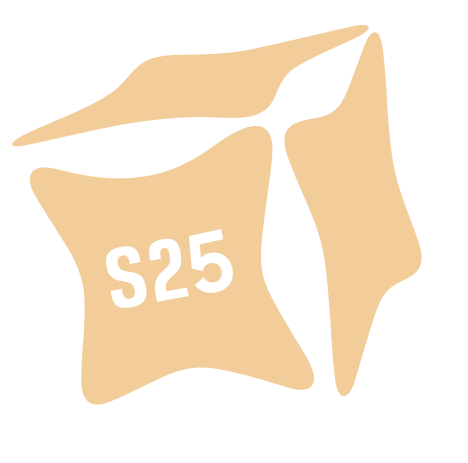



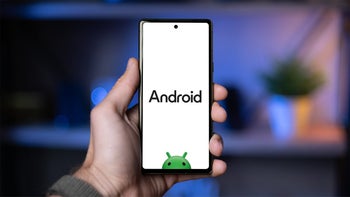

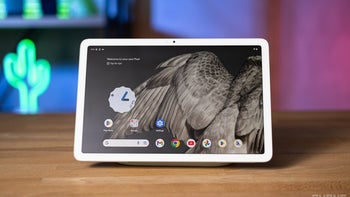
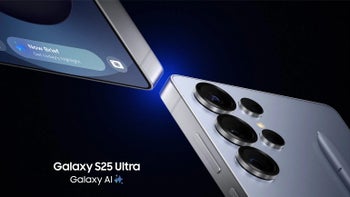

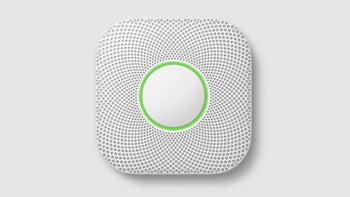
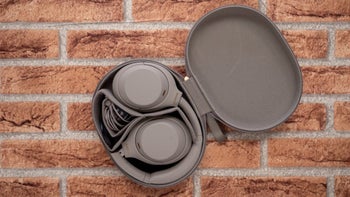
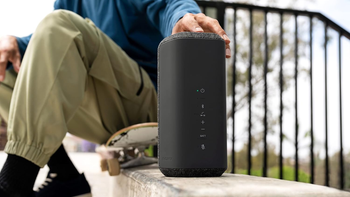
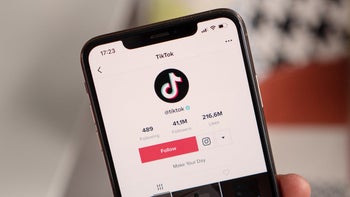
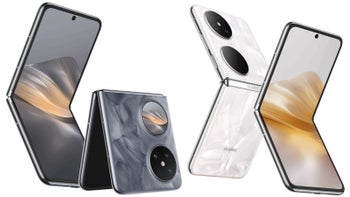
Things that are NOT allowed: